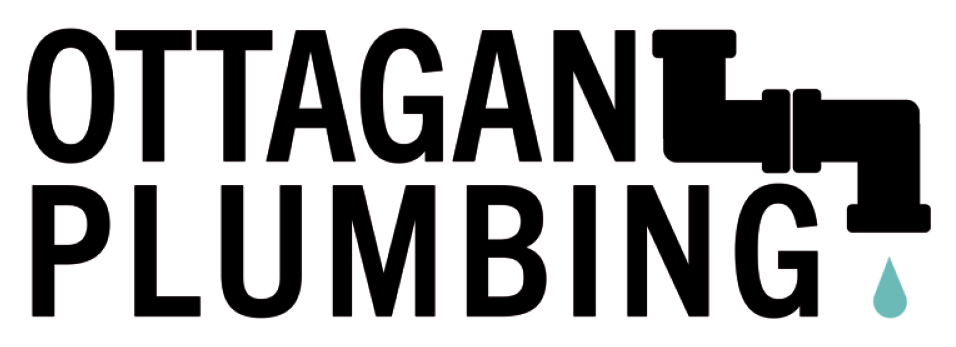
Buying your first home is an exciting experience, but it also comes with new responsibilities—one of the most important being plumbing maintenance. A home’s plumbing system is crucial for daily activities, from cooking and cleaning to bathing and heating. Neglecting it can lead to costly repairs down the line. To help you avoid plumbing headaches, here are some essential tips every first-time home buyer should know.
1. Check for Leaks Before You Buy
Before finalizing your home purchase, inspect for visible leaks under sinks, around toilets, and near water heaters. Small leaks can indicate bigger issues, such as corroded pipes or water damage behind walls. If you spot any leaks, ask the seller to address them before closing
2. Know Where Your Main Water Shut-Off Valve Is
One of the first things you should locate in your new home is the main water shut-off valve. In case of a plumbing emergency, such as a burst pipe, shutting off the water quickly can prevent extensive damage. It’s usually found in the basement, crawl space, garage, or near the water meter.
3. Understand What Should (and Shouldn’t) Go Down the Drain
Avoid common plumbing mistakes by keeping certain items out of your drains:
- Toilets: Only flush toilet paper—no wipes, feminine hygiene products, or paper towels.
- Kitchen Sink: Even with a garbage disposal, avoid putting grease, coffee grounds, pasta, rice, and fibrous vegetables down the drain. These can clog pipes over time.
4. Inspect the Water Heater
Check the water heater’s age, condition, and capacity. Most water heaters last 6-10 years. If yours is older or showing signs of rust, leaks, or inefficiency, you may need to replace it soon. Also, flushing the tank annually helps remove sediment buildup and extend its lifespan.
5. Watch for Water Pressure Issues
Low water pressure can indicate clogged pipes, a faulty pressure regulator, or even hidden leaks. If you notice weak water flow from faucets or showers, it’s worth having a plumber inspect the system. A simple fix like cleaning the aerators might do the trick, but persistent issues may require professional attention.
6. Test All Drains for Proper Flow
Slow-draining sinks, tubs, or showers can signal pipe blockages. Pour water down every drain in the home to check for sluggish flow. If you notice slow drainage, a simple DIY fix might involve using a drain snake or a mixture of baking soda and vinegar. Persistent clogs, however, may require a plumber’s help.
7. Check for Signs of Hard Water
Hard water, which contains high levels of minerals like calcium and magnesium, can cause limescale buildup in pipes, faucets, and appliances. Signs include white spots on dishes, dry skin after showers, and reduced water pressure. If your home has hard water, consider installing a water softener to prolong the life of your plumbing system.
8. Regularly Clean Your Sump Pump (If You Have One)
If your new home has a basement, it may have a sump pump to prevent flooding. Ensure it’s functioning properly by testing it every few months. Pour a bucket of water into the sump pit—if the pump doesn’t activate and drain the water, it may need servicing.
9. Be Cautious with DIY Plumbing Repairs
While minor issues like replacing a faucet or unclogging a drain are manageable, more complex plumbing problems—such as pipe leaks or water heater malfunctions—should be handled by a professional. A poorly executed DIY repair can lead to bigger (and more expensive) issues.
10. Have Ottagan Plumbing’s Contact Information Ready
Even with the best maintenance, plumbing emergencies can happen. Before you need one, save our phone number so you have it readily available (616.392.6053). That way, you won’t be scrambling for help during an emergency.
Final Thoughts
Taking care of your home’s plumbing system is essential for maintaining a comfortable and functional living space. By following these tips, first-time home buyers can prevent common plumbing problems and save money on costly repairs. A little maintenance now goes a long way in keeping your plumbing system in top shape for years to come!
